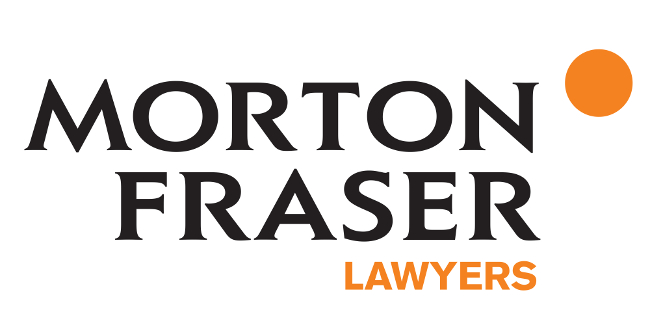Douglas Milne: Environmental impact assessment regulations – the Wildland Case

Douglas Milne
Douglas Milne highlights a recent case in the Court of Session which considered the application of the Environmental Impact Assessment Regulations.
An important part of the process for consenting to a development which is likely to have significant effects on the environment is Environmental Impact Assessment (EIA).
Over the years, there have been a significant number of challenges to the grant of consents, based on arguments around compliance with EIA law. The main principles of EIA law are therefore well established, and well known.
Morton Fraser have been involved in numerous EIA challenges, most recently the judicial review brought by Wildland of Highland Council’s decision to grant planning permission for the construction of a space port on the A’Mhòine peninsula in the north of Scotland (Wildland Ltd v Highland Council [2021] CSOH 87).
The Wildland case was brought on numerous grounds and was ultimately unsuccessful. This article highlights the grounds of challenge based on an alleged failure to comply with EIA law, which will be of interest to EIA practitioners across the UK.
The aim of EIA is to protect the environment by ensuring that a consenting authority, when deciding whether to grant consent for a project which is likely to have significant effects on the environment, does so in the full knowledge of the likely significant effects, and takes this into account in the decision-making process. The Town and Country Planning (Environmental Impact Assessment) (Scotland) Regulations 2017 (the “EIA Regulations”) set out a procedure for identifying those projects which should be subject to an EIA, and for assessing, consulting and coming to a decision on those projects which are likely to have significant environmental effects.
The aim of EIA is also to ensure that the public are given early and effective opportunities to participate in the decision-making procedures.
Highland and Islands Enterprise’s (HIE) planning application was accompanied by an Environmental Impact Assessment Report (EIA-R) which was required in terms of the EIA Regulations.
The EIA-R noted that measures would be required to control the public from entering the launch exclusion zone. Those measures were provided within a visitor management strategy.
The EIA-R further noted that unless there was mitigation, there would be likely to be significant effects on ornithological interests during the construction and operational phases of the development.
Wildland objected to the application, as did Scottish Natural Heritage (SNH) and the Royal Society for the Protection of Birds Scotland.
HIE provided the local planning authority and SNH with a document which set out the detail of how visitors would be handled. SNH then withdrew its objection. SNH were satisfied that their concerns could be addressed with appropriate mitigation.
Planning permission was subsequently granted subject to numerous conditions, including a condition to deal with the visitor management strategy. This specific condition required that “no later than six months prior to the first launch from the site, a visitor management plan (VMP) shall be submitted to and approved in writing by the Planning Authority in consultation with SNH, Transport Scotland, and emergency services”. The second part dealt with implementation and review of the VMP.
Wildland brought proceedings in the Court of Session for judicial review.
As regards the EIA challenge, the court was not persuaded that the planning authority had erred in law. In the court’s view this was not a case where there had been salami-slicing of a project which ought to have been assessed as a single development. On the contrary, the court found that there was a rational justification for not identifying the proposed location of visitor facilities and for not applying for permission to develop them at this initial stage. Development of the visitor facilities will require a further application for planning permission. At that stage the cumulative environmental impact of the visitor facilities will require to be assessed.
As regards the specifics of EIA law, the EIA Regulations require publication of “additional (environmental) information” submitted during the consent process. But this requirement does not necessarily apply to all information which is submitted: the EIA Regulations refer to “substantive information about a matter to be included in the [EIA-R] …”.
During the consideration of the planning application, SNH requested HIE to work through various scenarios, setting out the detail of how visitors and protestors would be handled. It also asked how the launch exclusion zone and surrounding area would be policed and how protestors would be removed. As a result, HIE provided the planning authority and SNH with a document titled “VMS [Visitor Management Strategy] Clarifications – Scenario Planning” (VMSC).
Wildland argued that the VMSC had been “additional information” within the meaning of the Regulations that should have been published.
However the court found that it was open to the planning authority to decide that certain information which had been provided during the consenting process – that is the VMSC – provided clarifications, did not change the scope of the development, and did not alter the conclusions of the EIA-R. It was open to the planning authority to conclude that the VMSC was not additional information and that it did not require to be published.
To succeed in an EIA challenge can be difficult, and this case is a recent example from Scotland of the approach that the court takes to the application of the Regulations.

Douglas Milne is a partner at Morton Fraser. This article first appeared in the firm’s Litigation in Scotland Update 2023 Report.









